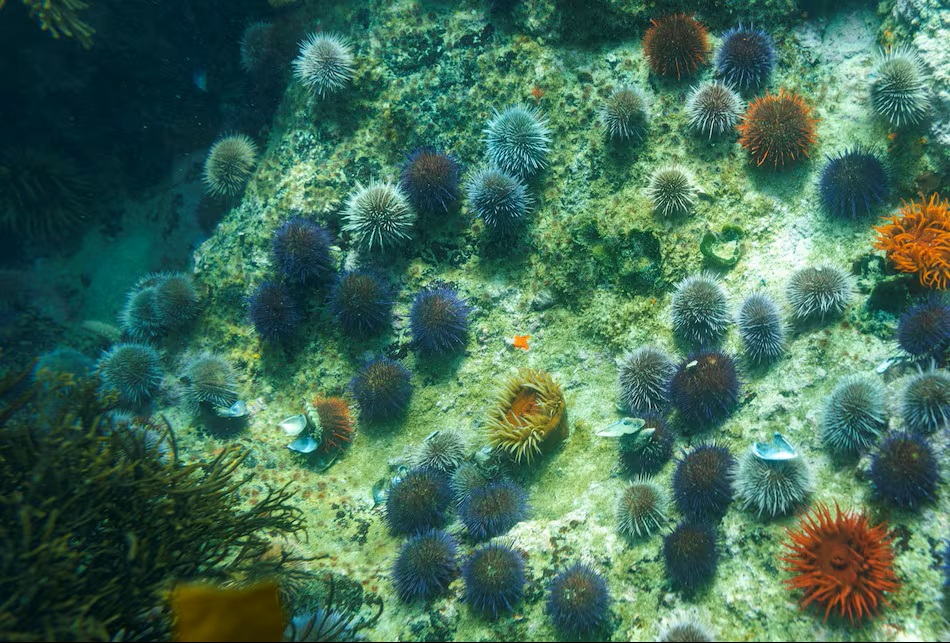Panamas Smithsonian consulted over massive oil spill

Panama’s world famed Smithsonian Tropical Research Institution (STRI) is being consulted over the massive oil spill in the Gulf of Mexico.
The leakage follows an explosion that killed 11 men on April 20.
 STRI scientists are being consulted about their experiences with Panama’s big oil spill in 1986 that was the subject of detailed studies at the Institute. The information they are passing on is not good news for the environment.
STRI scientists are being consulted about their experiences with Panama’s big oil spill in 1986 that was the subject of detailed studies at the Institute. The information they are passing on is not good news for the environment.
On April 27, 1986, a major oil spill originated at a petroleum refinery in Bahía Las Minas, polluting Caribbean coastal environments of Panama, including STRI´s Galeta Marine Laboratory, at the Caribbean entrance to the Panama Canal.
Before the 38.3 million liters of medium weight crude oil drained from a ruptured storage tank into Bahía Las Minas, baseline biological and environmental data for some parameters had been collected for almost 16 years at Galeta.
The volume of the Bahía Las Minas oil spill was greater than that of any other reported at the time near coral reefs and mangroves in the tropical Americas, such as the tankers Epic Colocotronis (1975) and Peck Slip (1978) spills near Puerto Rico. It was larger than the 1969 spill from the barge Florida near Woods Hole in Massachusetts, but smaller than the Exxon Valdez tanker spill in 1989.
During the six days after the 1986 spill, shifting winds and runoff from rains pushed a large quantity of oil out to sea, and later oil-dispersant spraying from aircrafts as well as back-pack spraying dispersant were used near coastlines. But no dispersant was sprayed near Punta Galeta.
"Nearly 25 years after a storage tank ruptured, spilling oil into the mangrove swamps and coral reefs of Bahia Las Minas in Panama, oil slicks can still be found on the water", writes David Biello of Scientific American, in a recent article (May 14) commenting on the Bay of Mexico Oil Spill.
In an interview published earlier last week, Jeremy B.C. Jackson, former senior staff scientist at STRI, and currently professor of oceanography at the Scripps Institution of Oceanography in La Joya, California, forecasted that "this [the current oil spill] is a problem that won´t go away for a decade." In November 1993, Jackson, andBrian D. Keller (1948-2010) presented three volumes resulting from the Long-term Assessment of the Oil Spill at Bahía Las Minas, They headed the investigations conducted by 21 researchers and 36 research assistants.
"What we learned was never, ever let oil get into a mangrove coast. You´ll never get it out. It´s like a sponge you rub on a greasy bacon pan. You need very hot water and a lot of soap, and you still might just give up and throw away the sponge" added Jackson in the interview conducted by Renee Schoof of McClatchy Newspapers.
STRI´s Héctor Guzmán, a member of the team that conducted the long-term study on the impacts of the Panama oil spill in 1986, expressed his concerns in Scientific American: There is no cure. "The only way to remove it is mechanically, and that will destroy further the whole habitat.” “The priority is to set up barriers and stop the oil.” But "once the oil, because of high tides or high winds, gets into the coastal wetland, it gets trapped in the sediment… Then for decades you continue to see oil coming back out, this chronic pollution." The coral reefs in Panama have never recovered, and oil is still found in the mangrove swamps.{jathumbnail off}





